
info@apandatour.com
+86 28 8521 4086

Time: 2021-01-15 Author: Bella
We had always held the idea that winter was not the best time for bird-watching on Qinghai-Tibet Plateau due to many reasons such as low density of birds, raging winds, and low temperature of -10℃ or -20℃ or even lower making it extremely difficult to move around. However, this itinerary was originally designed not for birds but for the search of unique mammals living on the Qinghai-Tibet Plateau.
Though we did not go for birds we did encounter many unique birds typical to Qinghai-Tibet Plateau with our relentless effort and good luck such as Daurian Partridge, Tibetan Sandgrouse, and Mongolian Ground Jay.
Following are the spots for the birds we saw.
Though being called sandgrouse, Tibetan Sandgrouse looks more like a bigger Dove. In winter they flock together, the scene of over 100 plump birds feeding leisurely on the ground brings you lots of excitement.
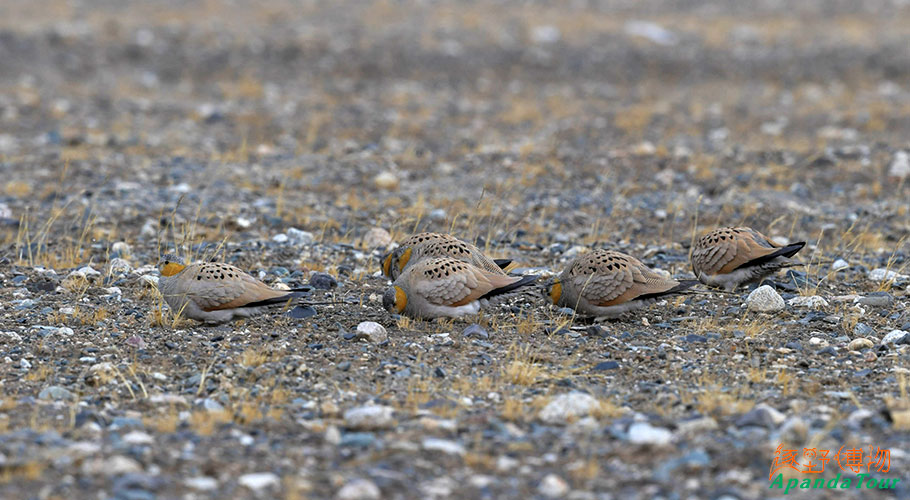
▲ Tibetan Sandgrouse
Ala Shan Redstart has moved to their low elevation wintering ground. It is quite an excitement to see this warm orange color in the cold winter. What a beautiful bird!

▲ Ala Shan Redstart Male
Daurian Partridge hid in the shade. You would take it as a soil block if you did observe it closely enough. It is extremely true when the bird stays still.
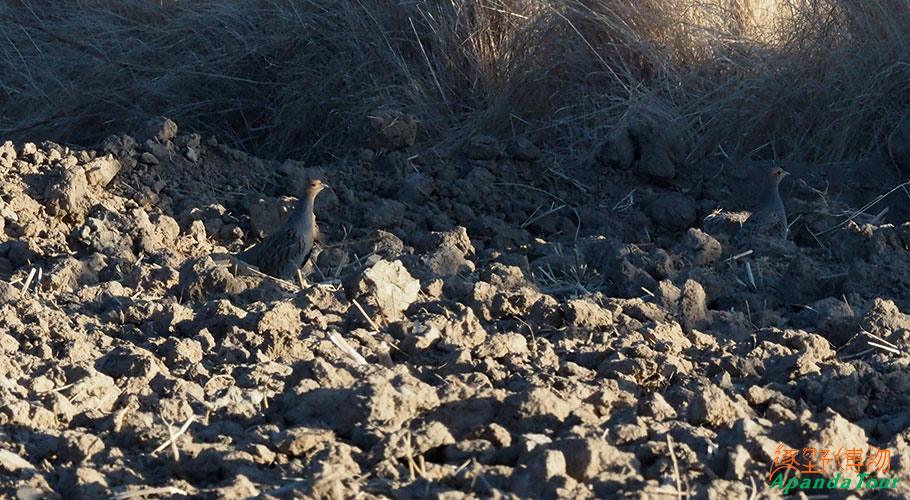
▲ Daurian Partridge
Bird-watching always gives you an experience of that everything is possible, for instance, you see a Mongolian Ground Jay with only a little extra effort.
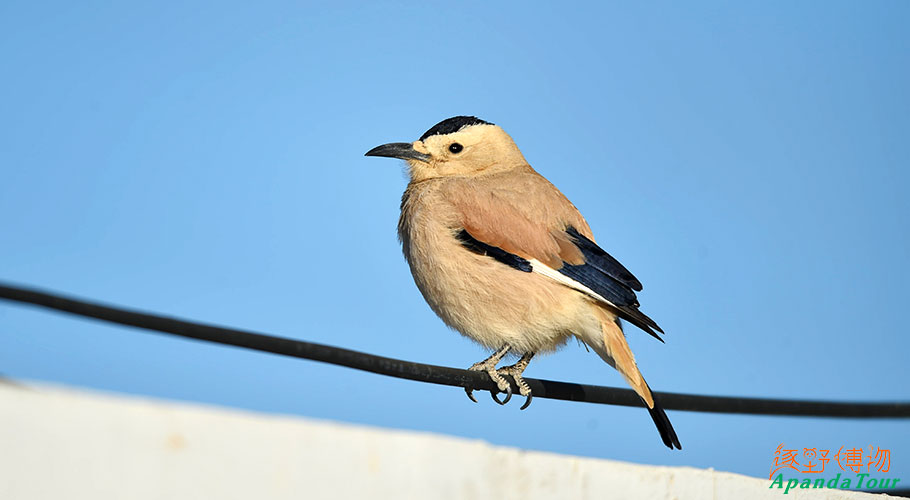
▲ Mongolian Ground Jay
White-browed Tit-warblers still stay in high elevation areas. You only need some patience to wait for a while in the right habitat, you may hear their calls.

▲ White-browed Tit-warbler (male)
The population density for Rusty-necklaced Partridge is pretty big in Dulan. You can often encounter those plump birds crossing the road in line when driving.
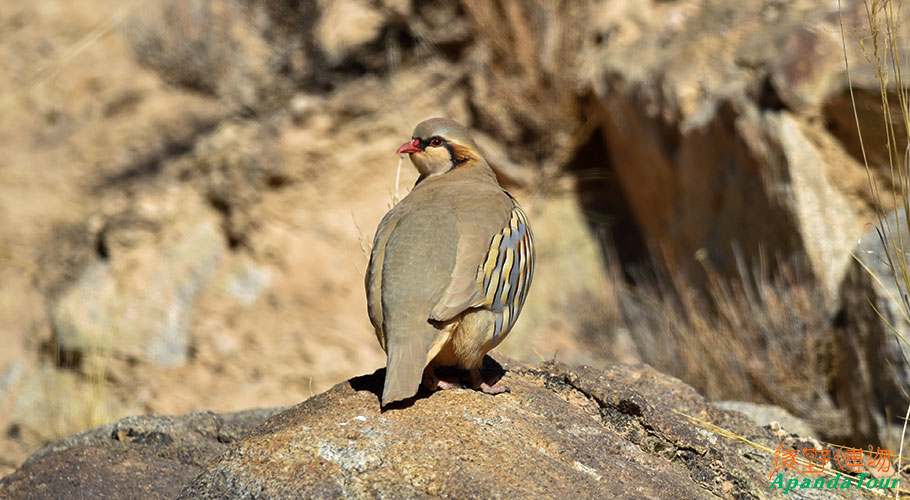
▲ Rusty-necklaced Partridge
When winter comes, all living creatures look plump.

▲ Tibetan Partridge
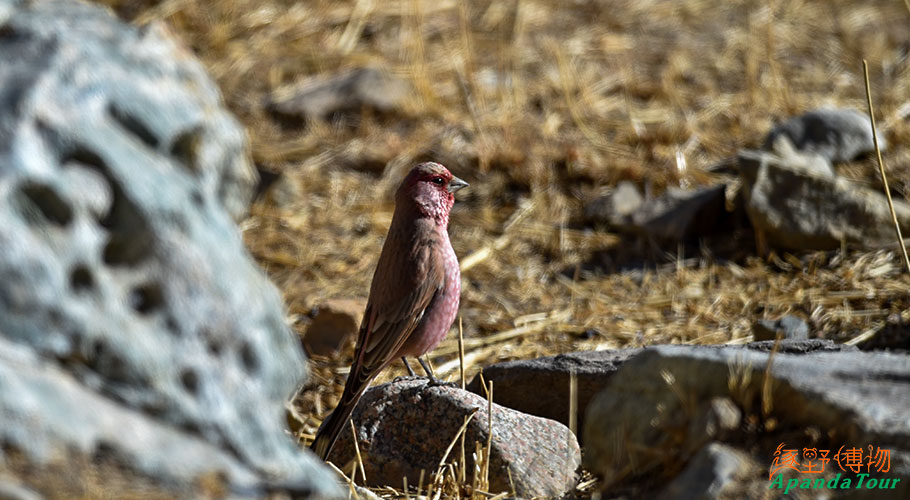
▲ Spotted Great Rosefinch
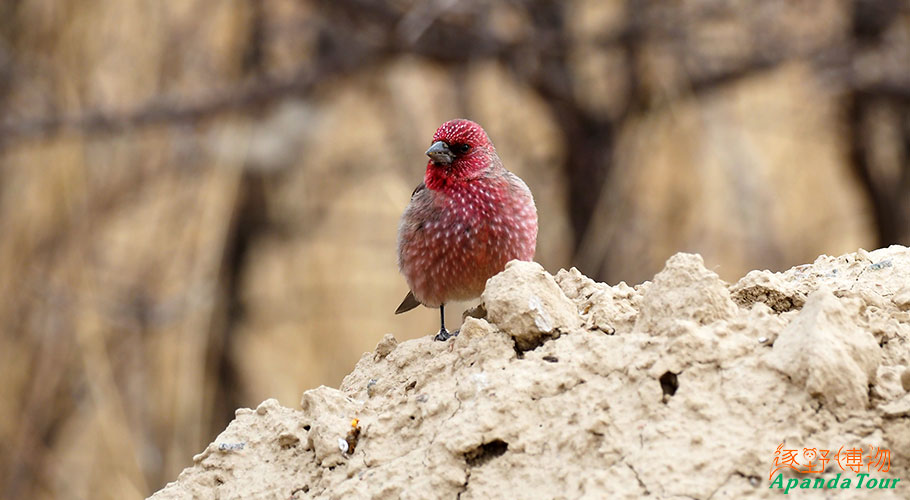
▲ Streaked Rosefinch
Maybe it just looks like a hairy something...

▲ Ground Tit
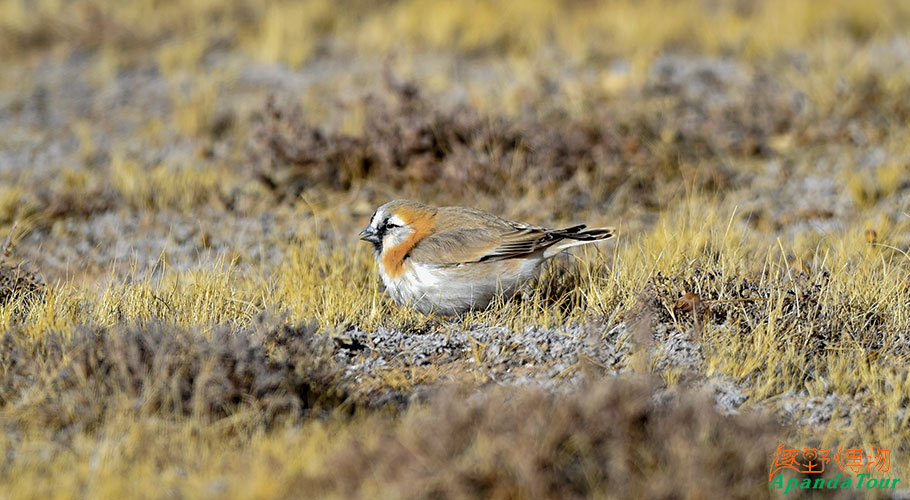
▲ Blanford's Snowfinch

▲ Rufous-necked Snowfinch
Though being as a snowfinch, White-rumped Snowfinch has its distinctive features...
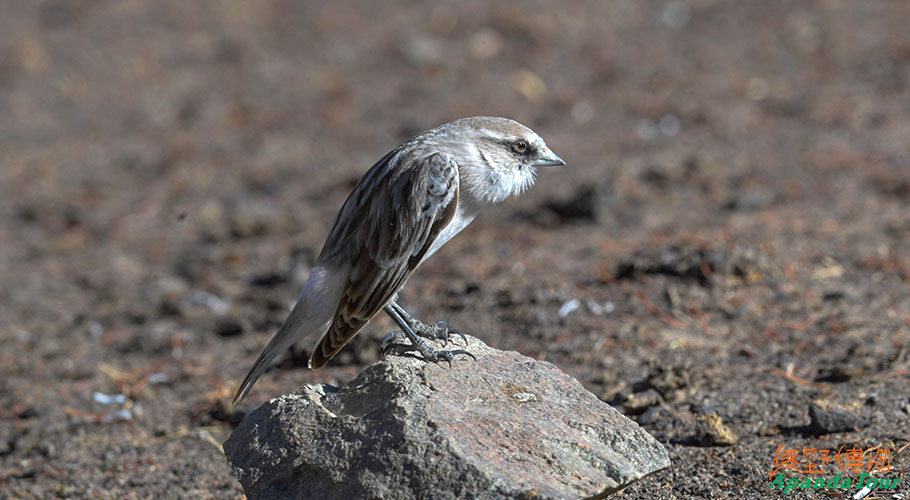
▲ White-rumped Snowfinch
In face of coldness, Eurasian Tree Sparrow takes a strategy of staying together for warmth.
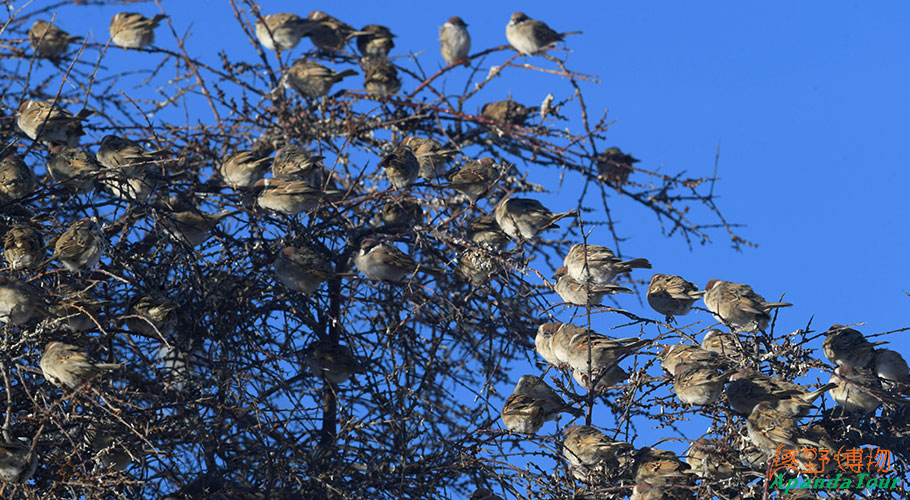
▲ Eurasian Tree Sparrow
Also being fond of staying together, the plain-looking Rock Sparrow is easily ignored, lots of times it is mistakenly taken as a female Eurasian Tree Sparrow.
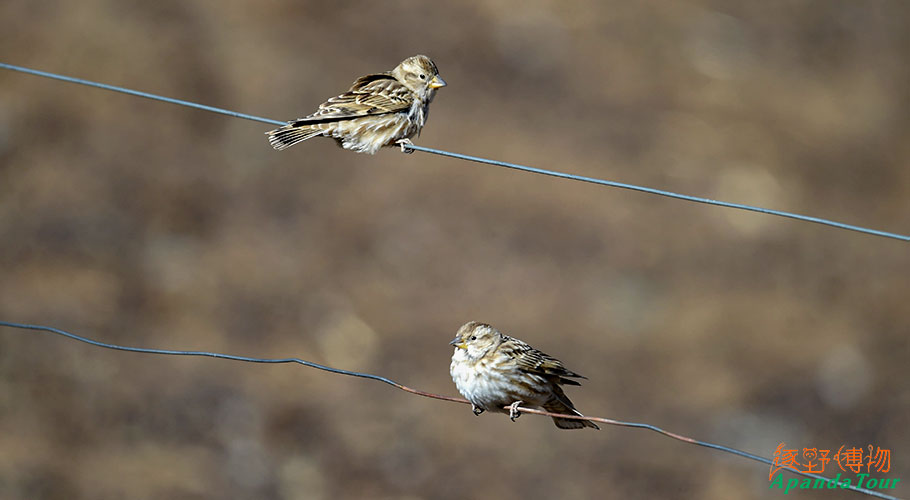
▲ Rock Sparrow
The third bird species fond of staying together is Twite.
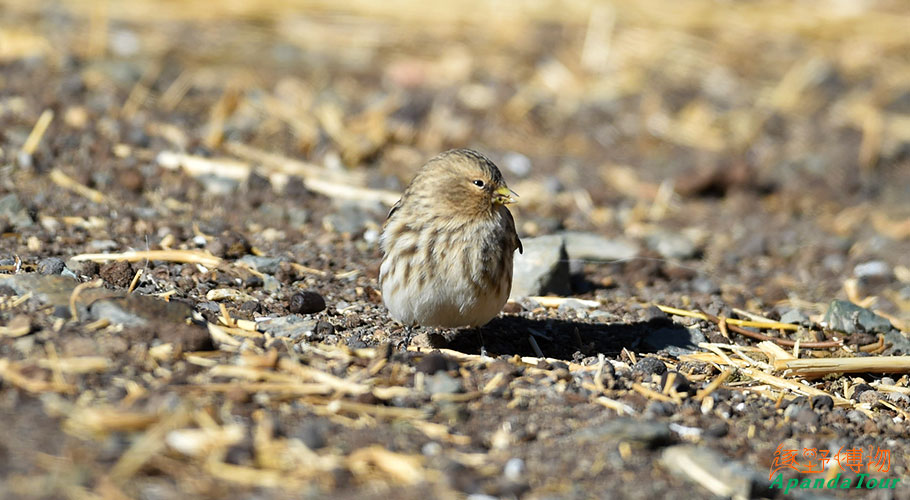
▲ Twite
In winter, lots of small birds have long left for low elevation areas while various raptors appear in the sky now and then.
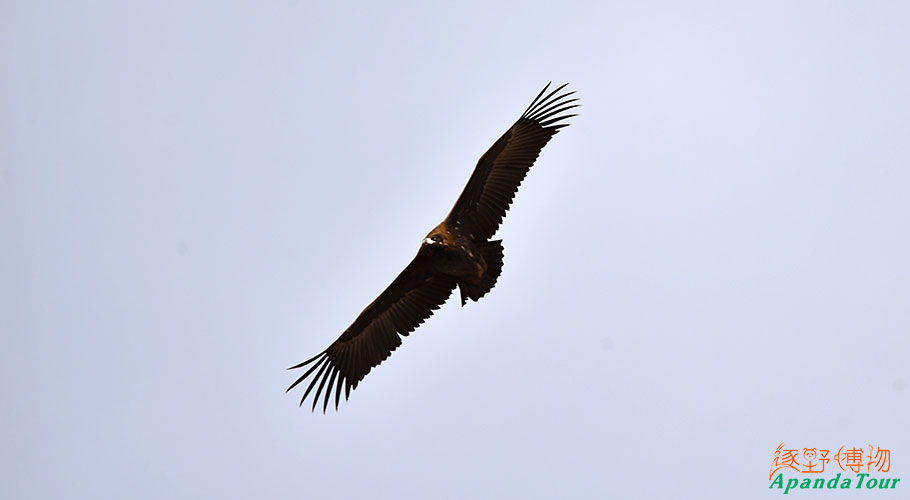
▲ Cinereous Vulture
At the sight of us, the Eagle owl carefully moved two steps into the cave, playing hide-and-seek with us.
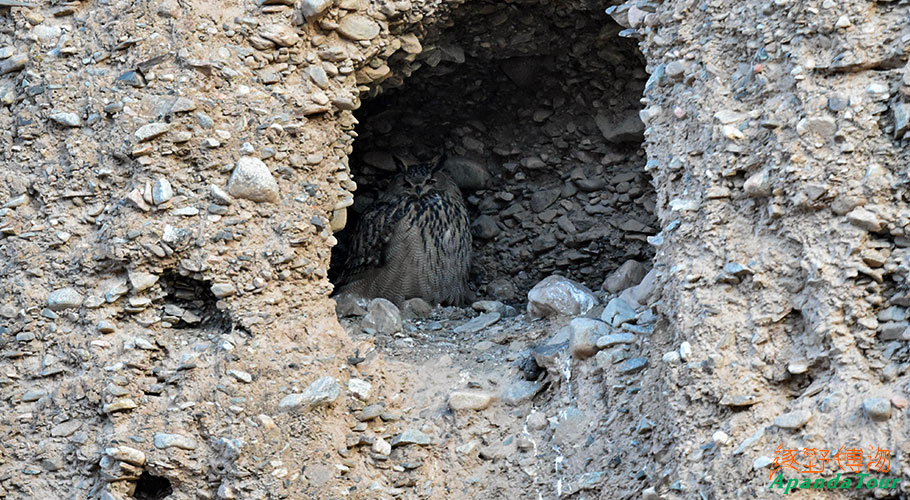
▲ Eagle Owl
Compared to the body size of an Eagle Owl, Little owl is just a mini owl. It is much easier to see them. The sight of the bird did bring us much excitement but our encounter with another owl made every excited. (What is the owl that made everyone excited, please go to our second part, the Mammals, we will tell you there).
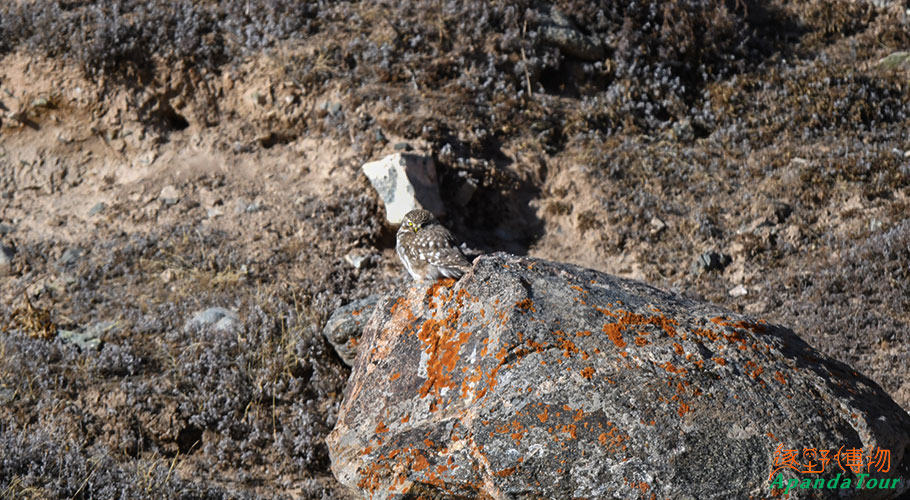
▲ Little Owl
A nice encounter of two mating Saker Falcons.
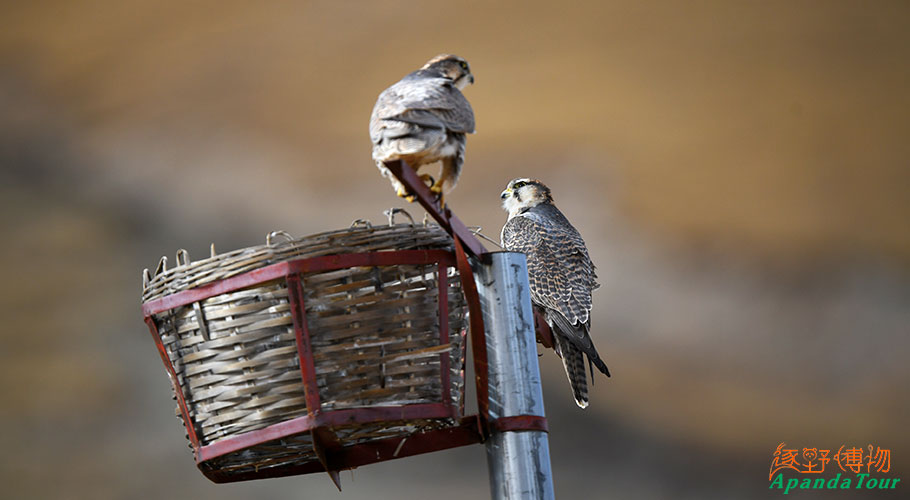
▲ Saker Falcon
Upland Buzzard perching on the ground.

▲ Upland Buzzard
A feast for a flock of Himalayan Vulture, the main course of the feast is a dead sheep.
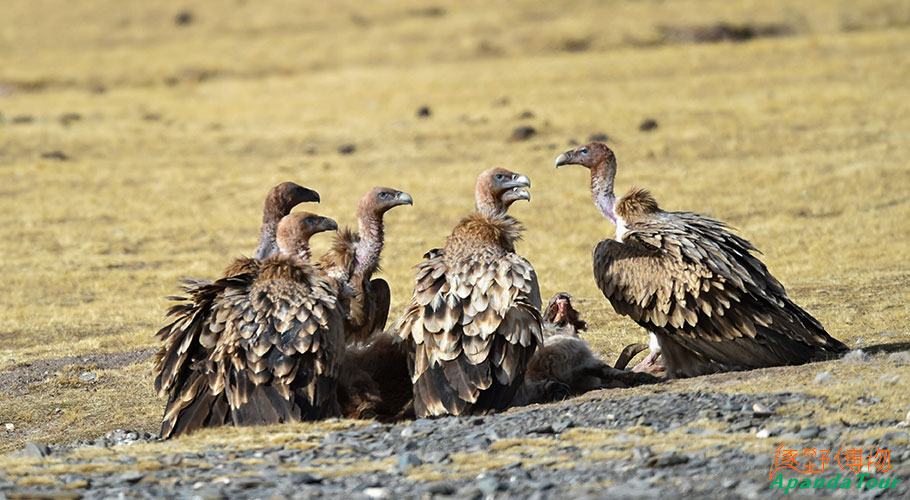
▲ Himalayan Vulture
The Young Lammergeier has more black color than an adult. The vulture is soaring over a valley where there are some remains of Blue Sheep, possibly left by Snow Leopard or Wolfs.

▲ Lammergeier
The Qinghai Lake has turned into giant white ice, besides some Ruddy Shelduck, you can find some Snowfinches and larks.
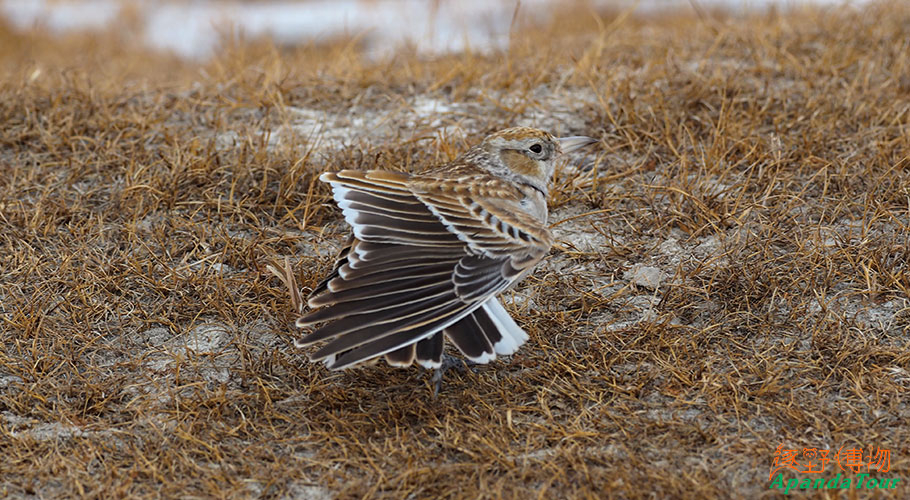
▲ Tibetan Lark
There are some wintering waterbirds in the wetlands around Xining City. And the Whooper Swan looks very distinctive among a flock of ducks.
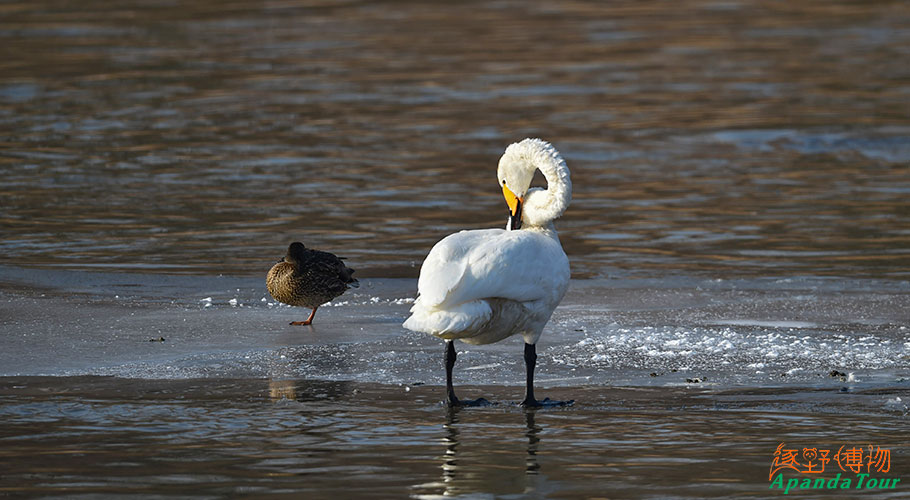
▲ Whooper Swan
The majority of birds in the wetlands are Mallards. However, you can also find a fair number of Smew and Common Merganser mixed with Common Goldeneye, Ferruginous Pochard, Common Pochard, Tufted Duck, and Little Grebe.

▲ Common Merganser (female)
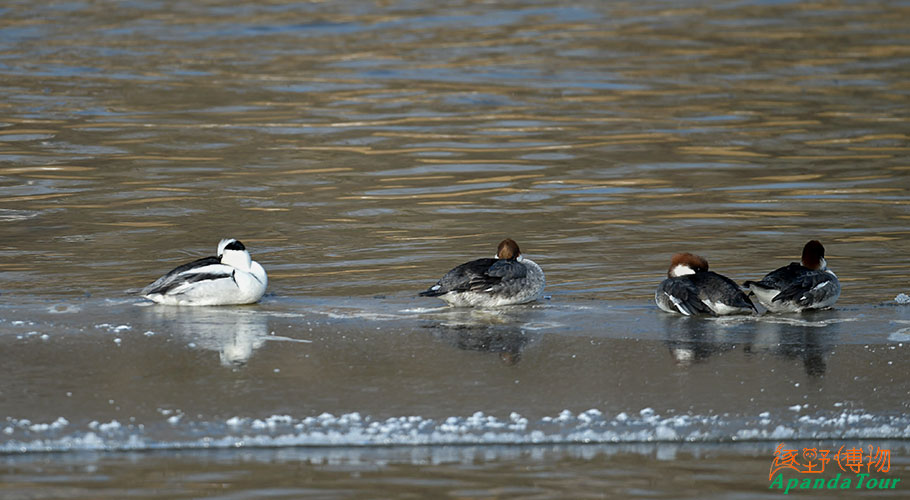
▲ Smew
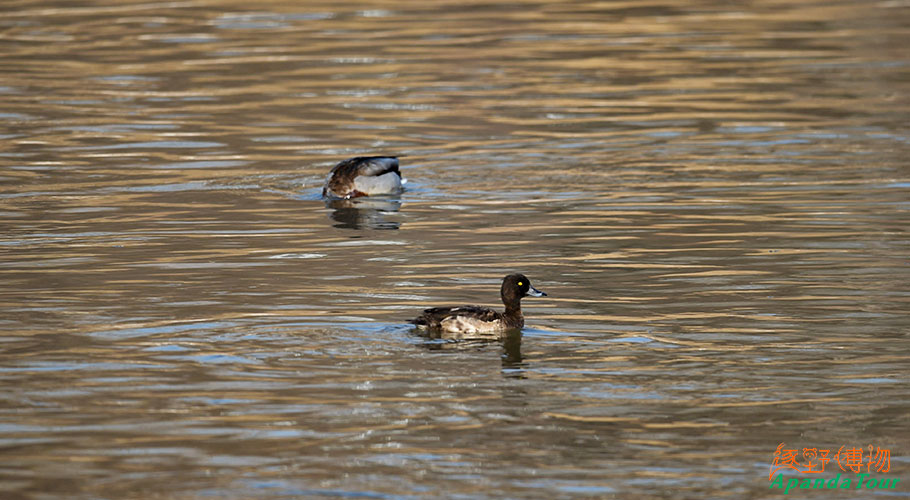
▲ Tufted Duck (female)
In this itinerary, the bird species we saw far exceeded our expectations. It did not take us much time to see them. For the mammals we had targeted in the trip, the two cats we saw are a great reward. Concerning their stories, we will share with you in the mammals.